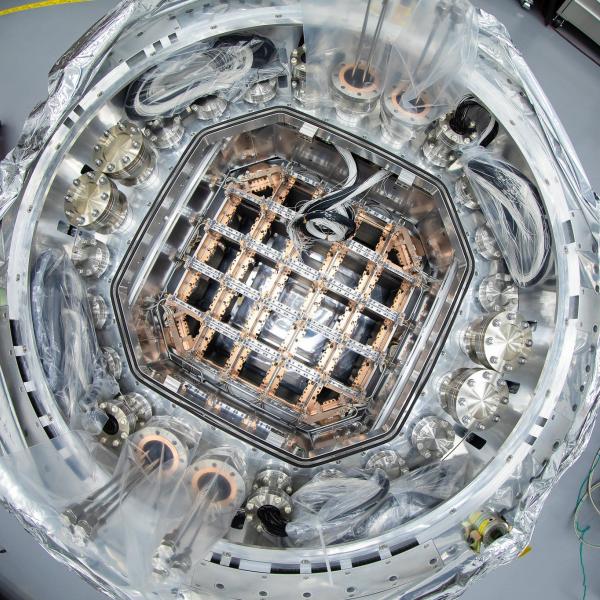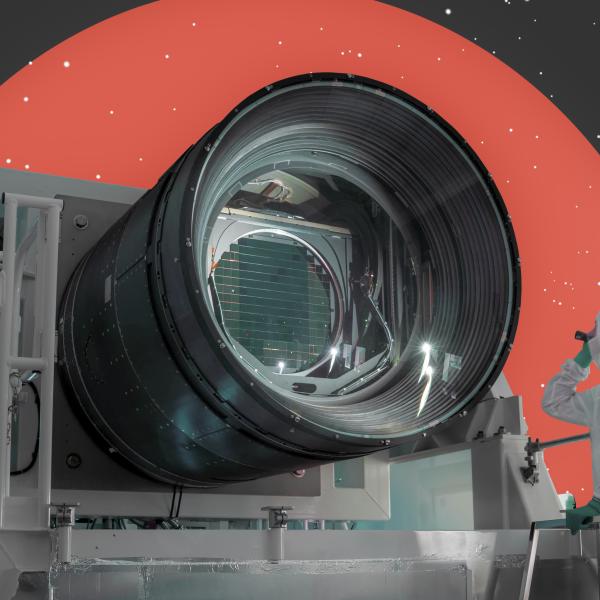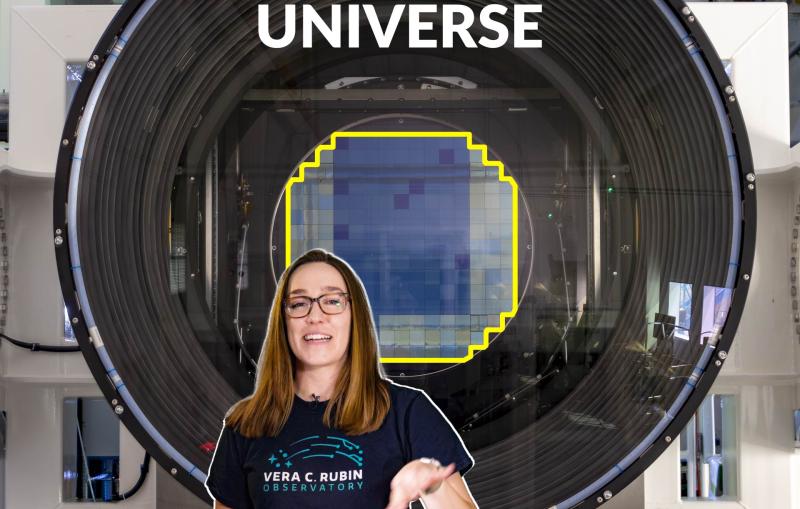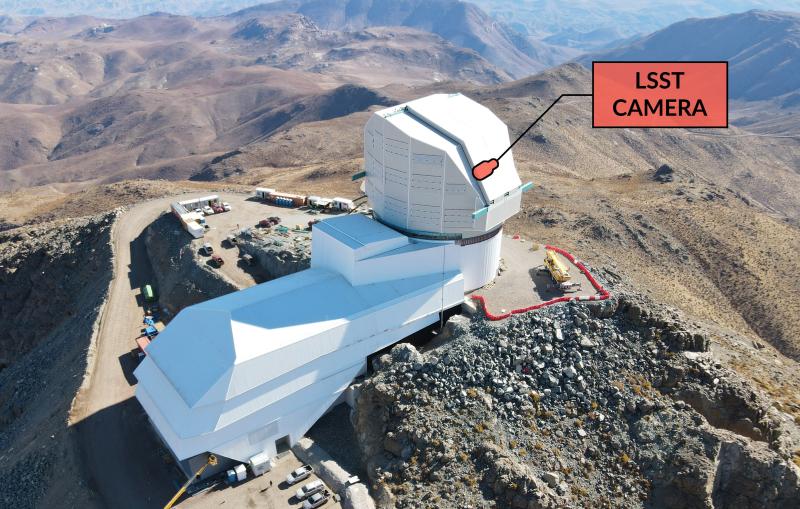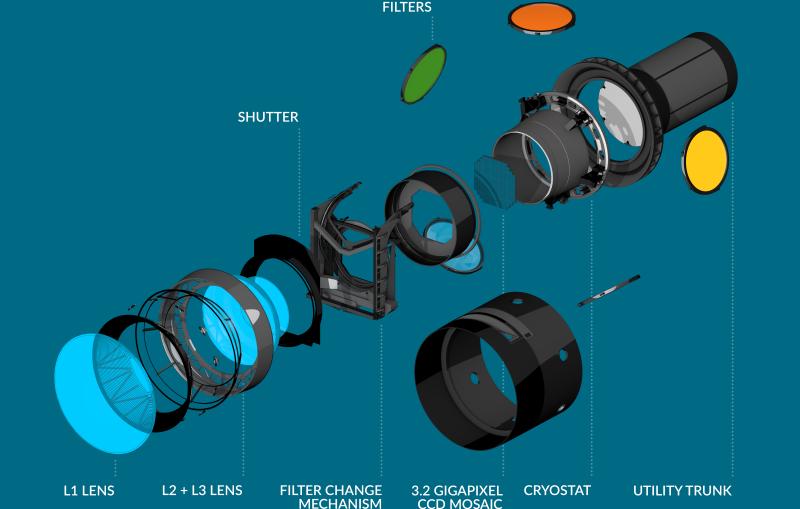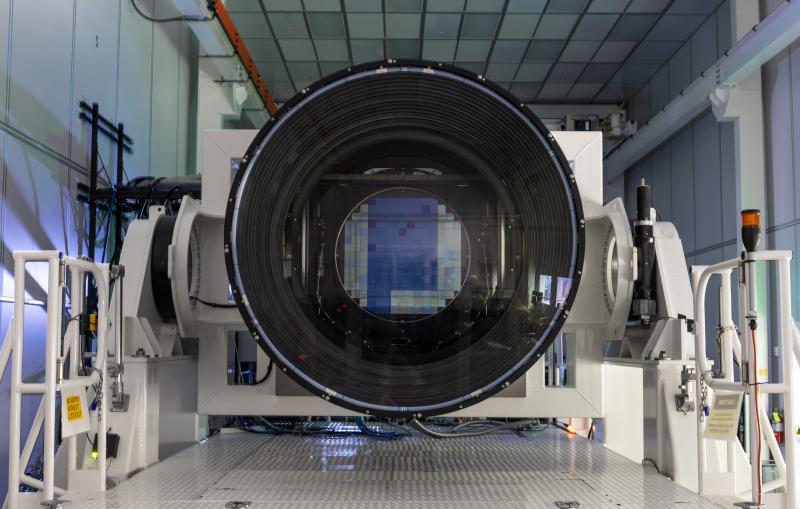how do you cool a 3.2 gigapixel camera
build a state-of-the-art refrigeration
system that's John he's part of a team
of slack scientists that have just
completed the cooling system an optical
bench for the world's largest camera
ever constructed okay okay
for astronomy this refrigerator
maintains perfect operating temperatures
so that all 189 of the 16 megapixel
sensors can continually snap snap snap
now all of the sensors will be mounted
on this ceramic plate it provides the
extremely flat surface to combine all
189 sensors into one giant focal plane
next stop for the cryostat a mountaintop
Observatory in Chile
[Music]
